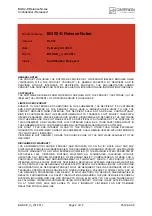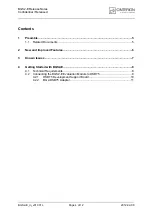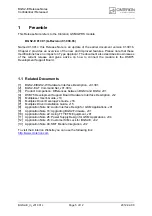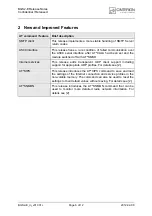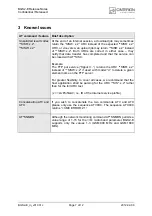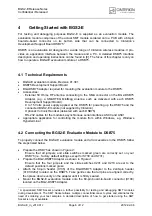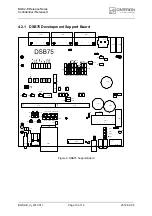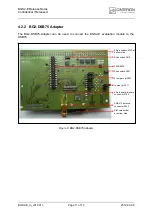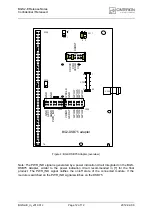
BGS2-E Release Notes
Confidential / Released
BGS2-E_rn_v01.301c
Page 7 of 12
2012-02-08
3 Known Issues
AT command / feature Brief description
Unsolicited result codes
“^SISR: x,2”,
“^SISW: x,2”
At the end of an Internet session, a download job may sometimes
return the “SISW: x,2” URC instead of the expected “^SISR: x,2”
URC, or vice versa, an upload job may return “^SISR: x,2” instead
of “^SISW: x,2”. Both URCs are correct in either case – they
notify that data transfer has completed and that the service can
be closed with AT^SISC.
Example:
The FTP put service (“ftpput://…”) returns the URC “^SISR: x,2”
instead of “^SISW: x,2” if used with mode=”d” to delete a given
element name on the FTP server.
For greater flexibility, to cover all cases, we recommend that the
host application shall be parsing for the URC “^SIS*: x,2” rather
than for the full URC text.
(x = <srvProfileId>, i.e. ID of the Internet service profile).
Concatenating ATV and
ATX
If you wish to concatenate the two commands ATV and ATX
please only use the sequence ATV0X0. The sequence ATX0V0
returns “+CME ERROR: 21”.
AT^SNMON
Although the network monitoring command AT^SNMON permits a
value range of 1-15 for the <rb> radio band parameter, BGS2-E
supports only the values 1-3 (GSM 900 MHz and GSM 1800
MHz).


